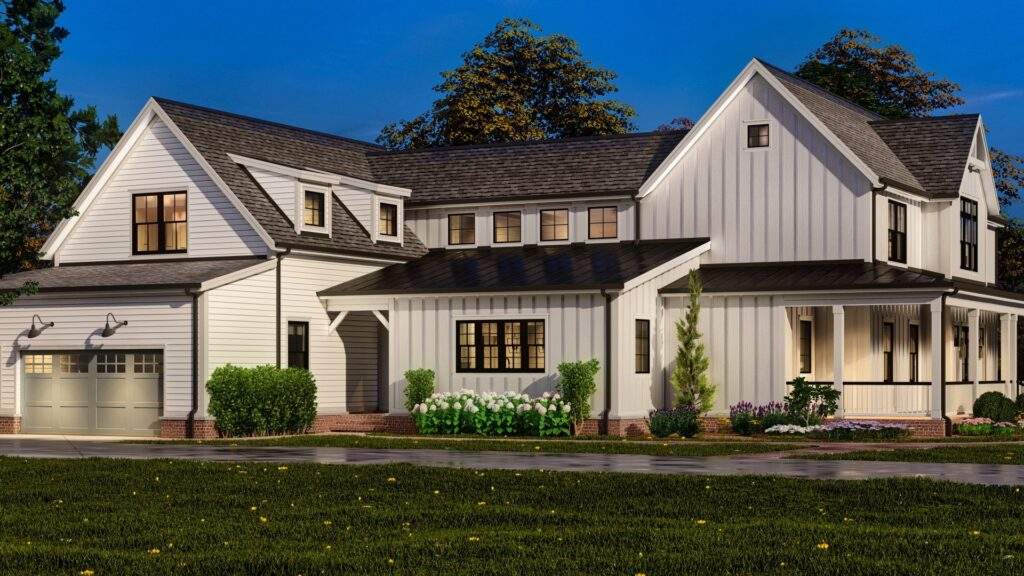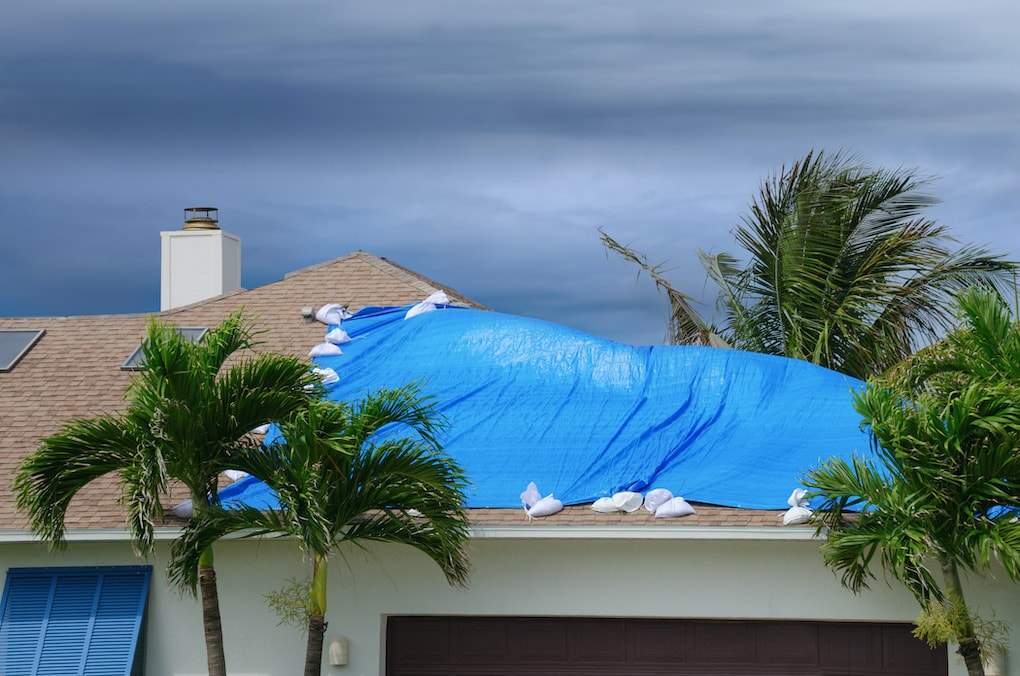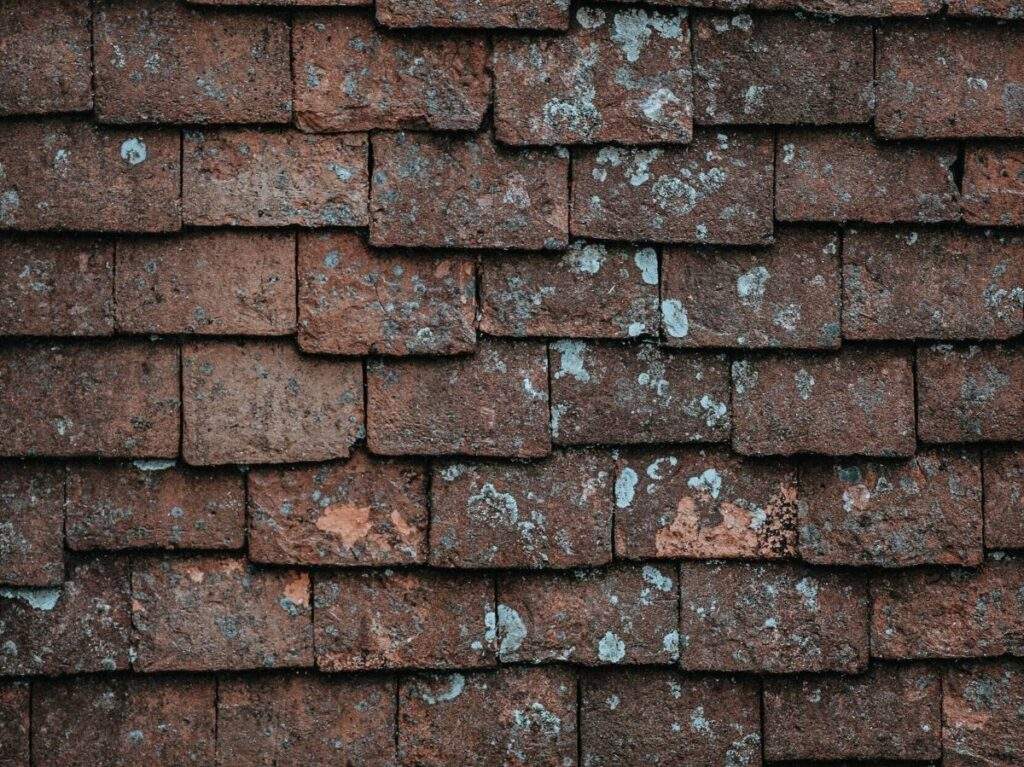Wind damage to asphalt shingles.
Wind damage is the most common form of storm damage that can affect an asphalt shingle roof. This occurs most frequently during high wind storm events and can often be seen from the ground. When high winds hit your roof it can break the adhesive seals that keeps your shingles sealed tight and break them. On a 3 tab roof this can often break the shingle off or cause what’s referred to as a “broken back,” meaning the fiberglass underlayment is broken but the asphalt layer remains intact, so it lays back down onto your roof. A dimensional or architectural shingle is structurally more sold than a 3 tab shingle so wind damage often looks different, On a dimensional shingle when the wind lifts the shingle it acts like a sail and can rip the nails through the shingle. Often this roofing system will lay back down after the high winds but there are still usually slipped shingles that can be visible. All forms of wind damage should be inspected and repaired quickly to avoid interior damage. High winds qualify as a valid “act of god” and your insurance will usually pay to repair this.
Hail damage to asphalt shingles.
The extent of roofing damage caused by hail stones obviously varies pretty dramatically depending on the specific hail. Larger stones generally cause more damage, although even smaller hail stones that are dense and wind-driven can cause functional damage to an asphalt shingle. Specifically when a hail stone strikes an asphalt shingle it knocks off the protective granules that adhere to the surface of the waterproof asphalt. Asphalt degrades fairly rapidly when exposed directly to UV light from the sun. This means that immediately after a hail storm you may not see any noticeable damage to your singles, but a year or so later your whole roofing system will start failing as the exposed asphalt cracks and deteriorates. You can often see a layer of roofing granules in your gutters after a hail storm which is a good indication that your home has sustained functional damage. If your home has been hit by hail it’s a real good idea to get an insurance specialist to inspect it.
Ice damming
Ice damming can occur in any home that has any combination of inadequate ventilation and/or insufficient insulation in your attic. As snow or ice accumulates on you roof, warm air rises to the ridge and melts the snow, causing water to run down the roof and re-freeze toward the eves. As the water freezes it expands and pushes it’s way under the shingles. As the next thaw cycle hits that ice melts again, but this under the shingles. This causes water damage to roof decking, soffit and exterior walls of your home. If you’re seeing large icicle buildup on your gutters there is a good chance that you may be having ice damming. Although the underlying cause does not qualify for an insurance claim. The interior damage may justify filing a claim, but you should consult with a contractor before filing a claim.





